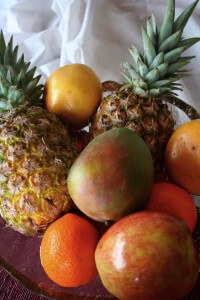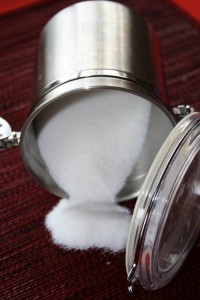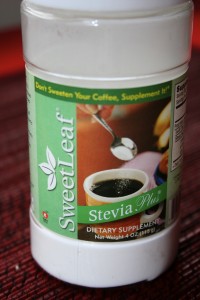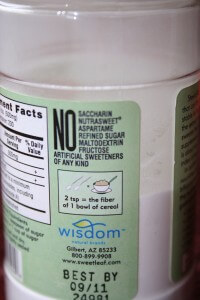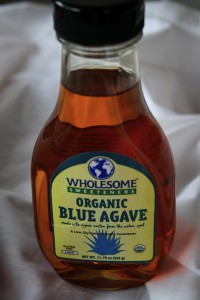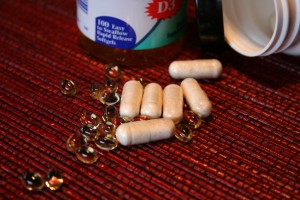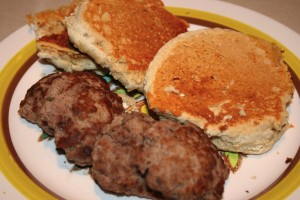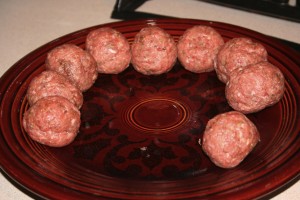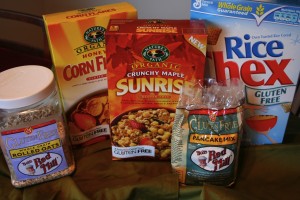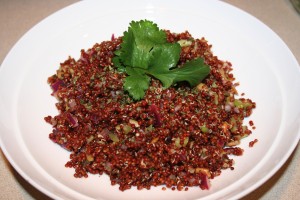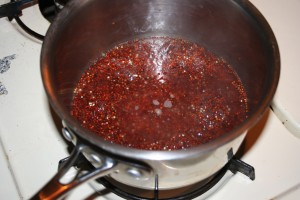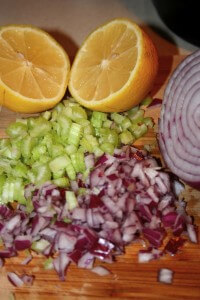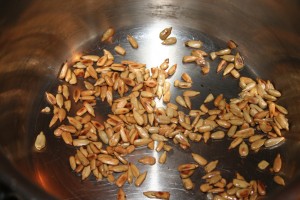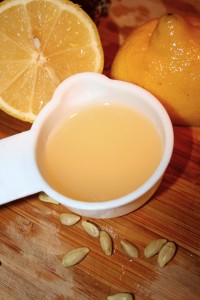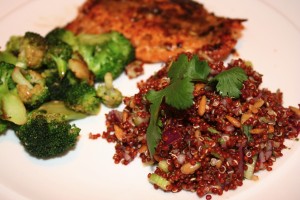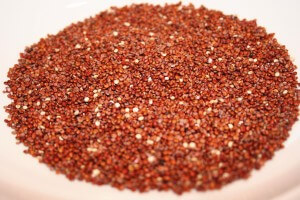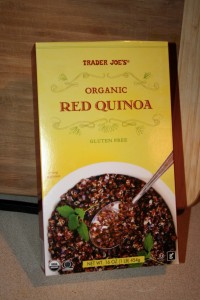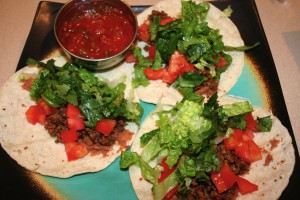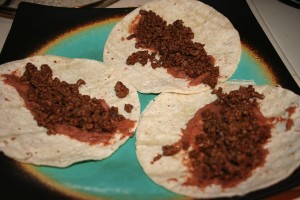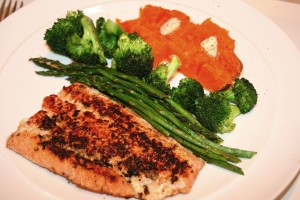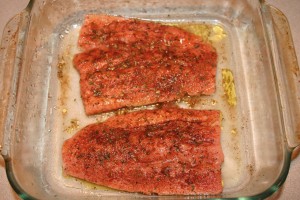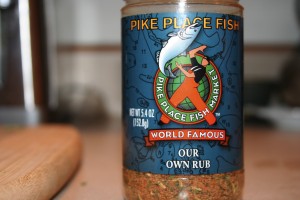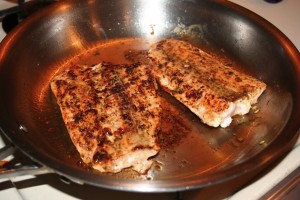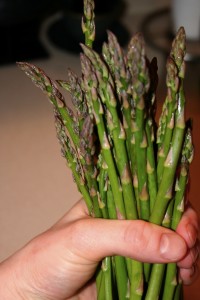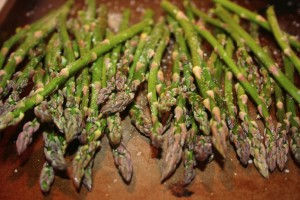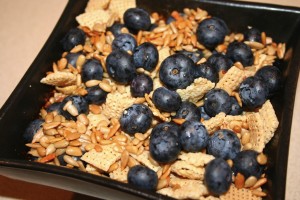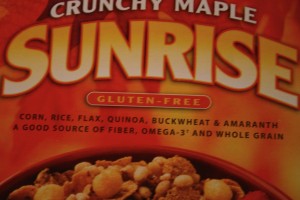I decided to do this post giving some very basic information about hypothyroidism, with a little info at the end about its link to fibromyalgia, out of my heart to see people that are Sick & Tired of being Sick & Tired possibly narrow down what may be going on in their bodies.”
“It (hypothyroidism) is often seen in people who suffer from multiple allergies, immune disorders and chronic fatigue,” says Dr. Mercola. Source: http://articles.mercola.com/sites/articles/archive/2008/01/02/temperature-regulation-for-thyroid-testing.aspx
 (Me and my very supportive through all this hubby, Matt)
(Me and my very supportive through all this hubby, Matt)
My Experience with Hypothyroidism:
I’m being really transparent here in hope that this may point someone to what may be causing their own Sick & Tired experience. I have a type of hypothyroidism called Hasimoto’s Thyroiditis. Its the most common cause of hypothyroidism in the U.S.
When I was 20 years old my family doctor discovered that I had hypothyroidism. I had gained weight unexplainably, so she decided to run the standard blood test to determine if my thyroid was underactive (hypothyroidism). The results came back positive, so she put me on Cynthroid (Levothyroxine), the standard medication for those with underactive thyroids.
My weight seemed to normalize and I felt better for a while, but within 2 years I was more sick than ever.
My Symptoms Included:
-Extreme Fatigue
-Muscle and joint pain
-Mind Fog (felt like I was walking around in a daze)
-Weight Gain
-Dry Skin (it almost had a more gray under tone look and just looked unhealthy)
-Thinning Hair (that changed texture, one of the reason I hacked it into a short bob)
-Cold fingers and toes (even when it was warm out)
-Intestinal Issues
-Low body temperature
-Unexplained Muscle tension (even if I wasn’t stressed)
Proper Testing:
I went to my family doctor and she ran the standard thyroid blood test and she said that my levels were normal and there was nothing wrong. With my list of symptoms above, needless to say, I begged to differ. Thankfully God has given me a persistant spirit (in a good way) and I generally don’t just accept answer from people because of letters at the beginning or end of their name.
I’ve learned that I know my body better than anyone and I knew something wasn’t right.
I started seeing a holistic doctor who upon hearing my symptoms said that it didn’t sound like my thyroid was working properly. He told me the standard test most doctors run for thyroids only tests 2 to 3 of the 7 items they need to test to see what is fully going on with the thyroid. The 7 panel test he ran found that the thyroid was still not functioning properly and showed the specific type of hypothyroidism I have, Hashimoto’s Thyroiditis.
Treatment:
He prescribed a natural thyroid replacement compound that is a natural hormone to the body. Its actually derived from pig thyroid (sounds gross, but this is natural to the body, pig is close to human makeup, verses a foreign agent to the body like Cynthroid). There is a similar drug makeup on the market called Armour.
He also suggested I go on a gluten free diet, which I did right away…no last meal loaded with bread, pasta, and pastries for me…I just wanted to get better asap!
Results:
Within a few months almost all of these symptoms disappeared! Most importantly I had my energy back, my muscle and joint pain disappeared, I’m generally not as cold as I used to be, my hair and skin textured went back to normal, my intestinal issues improved, my weight regulated, and I was able to think clearly (no more glazed over feeling).
Hypothyroidism and Other Health Issues Linked:
Many holistic and natural doctors are now discovering that Hypothyroidism is linked to other health issues, maybe even the root of them. The newest one I was really interested to hear about was its link to fibromyalgia. If you or someone you know have been diagnosed with fibromyalgia please read this linked article http://articles.mercola.com/sites/articles/archive/2011/02/26/dr-john-lowe-on-thyroid-disease-part-1.aspx
Sources:
-My personal experience
-http://articles.mercola.com/sites/articles/archive/2010/01/02/Many-Symptoms-Suggest-Sluggish-Thyroid.aspx
-http://www.medicinenet.com/hashimotos_thyroiditis/article.htm
-http://www.mayoclinic.com/health/hashimotos-disease/DS00567


